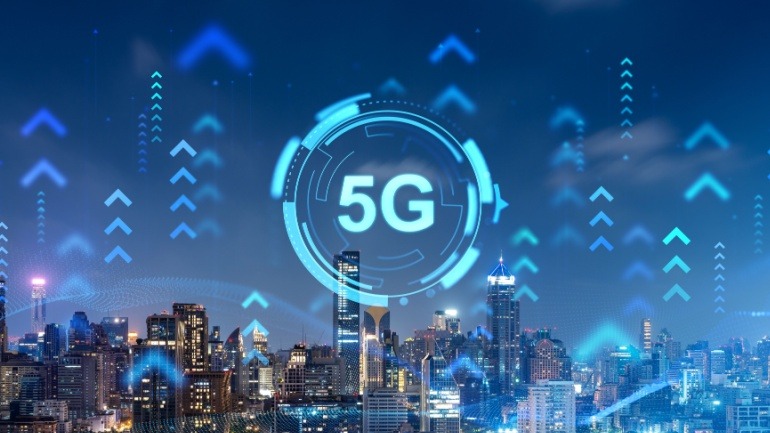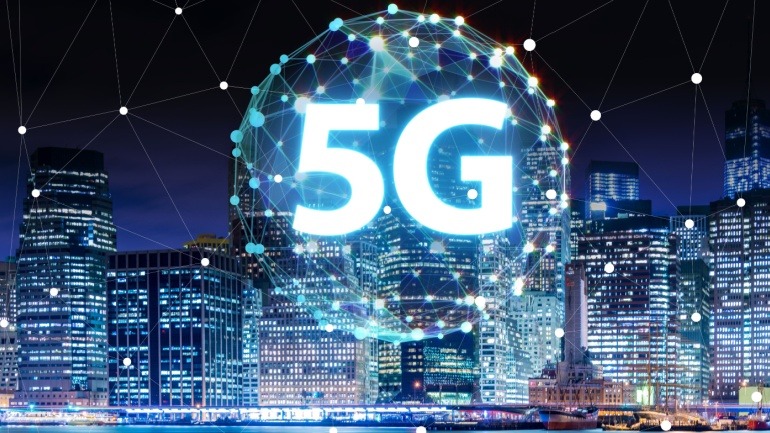M1’s partnership with Ericsson promises to revolutionize Singapore’s 5G transport network by integrating cutting-edge automation and analytics tools. This collaboration focuses on enhancing network visibility, control, and energy efficiency, making use of AI and machine learning. M1’s initiatives are set to boost connectivity, sustainability, and enterprise efficiency.
Ericsson has landed a significant contract with Bharti Airtel to manage its nationwide 4G and 5G network services in India through a centralized network operations center. This multi-year partnership will leverage AI-driven automation to efficiently manage 5G infrastructures, including non-standalone and standalone networks.
Siemens is pioneering a unique solution by selling segments of O2 Telefónica’s public 5G network to water utilities in Germany. By leveraging 5G network slicing, Siemens aims to enhance connectivity for geographically dispersed operations. This strategic move promises efficient, secure integration, vital for the sector’s AI-driven automation goals.
Vodafone Idea has teamed up with Nokia to upgrade its optical transport network, enhancing 4G and preparing for 5G expansion in India. This partnership leverages Nokia’s advanced optical technology for scalability and efficiency. With 5G rollouts underway and strategic financial investments, Vodafone Idea aims to expand coverage and strengthen its market position against competitors.
Rakuten Mobile is making waves with its groundbreaking collaboration with Fujitsu to accelerate 5G network expansion in Japan. By incorporating Fujitsu’s energy-efficient 44R21 radio units, Rakuten Mobile is poised to enhance Sub6 network coverage quickly.
Ericsson’s NetCloud Assistant (ANA) is a generative AI chatbot designed to enhance the management of enterprise 5G networks. Integrated with the NetCloud AIOps dashboard, ANA delivers personalized, efficient network diagnostics and configuration advice, improving operational speed.
Telefonica’s 5G network now covers over 90% of Spain’s population. The expansion, particularly in the 3.5 GHz and 700 MHz bands, ensures widespread, reliable connectivity. This progress not only enhances consumer experiences but also fuels industrial innovation.
Comcast’s transition of its 5G network to AWS’s public cloud marks a pivotal innovation. By tapping into AWS’s robust infrastructure, Comcast aims to enhance scalability, security, and cost efficiency for Xfinity and Business Mobile subscribers.
Viettel has launched Vietnam’s first commercial O-RAN 5G network, powered by Qualcomm’s advanced 5G platforms. The rollout, featuring over 300 sites by 2025, includes cutting-edge infrastructure like the Qualcomm X100 and QRU100 platforms.
Nokia has inked a pivotal deal with Chunghwa Telecom to modernize Taiwan’s 5G network and to elevate performance with Nokia’s advanced 5G solutions. This collaboration includes the deployment of AI-driven MantaRay solutions, promising enhanced efficiency and energy savings, marking a transformative phase in 5G-Advanced progression.













